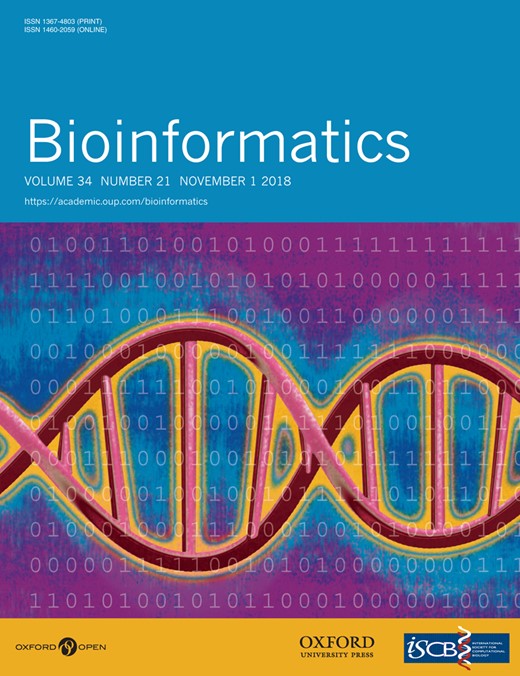-
PDF
- Split View
-
Views
-
Cite
Cite
Rawan S Olayan, Haitham Ashoor, Vladimir B Bajic, DDR: efficient computational method to predict drug–target interactions using graph mining and machine learning approaches, Bioinformatics, Volume 34, Issue 21, November 2018, Page 3779, https://doi.org/10.1093/bioinformatics/bty417
Close - Share Icon Share
Bioinformatics Volume 34, Issue 7, 24 November 2017, Pages 1164–1173, https://doi.org/10.1093/bioinformatics/btx731
In our study (Olayan et al., 2018), we performed 96 computational experiments, including six that are related to the COSINE method (Lim et al., 2016). Re-evaluating all numerical results we reported, we found that out of the six tests (5 cross-validation tests and 1 hold-out test) we performed for the COSINE method, the performance of COSINE in two of these tests, both related to the DrugBank_FDA dataset, should be corrected. This implied a few corrections in the article. The repeated analysis confirms that the original qualitative conclusions regarding the newly introduced DDR method stands unaltered.
All necessary changes are implemented in the article and associated Supplementary material. The article has also now been updated online.
Acknowledgment
We are grateful to Aleksandar Poleksic and Lei Xie, the authors of the COSINE method, for bringing to our attention the potential problem with the reported COSINE results on the DrugBank_FDA dataset.
Conflict of Interest: none declared.
Supplementary information: Supplementary data are available at Bioinformatics online.
References



